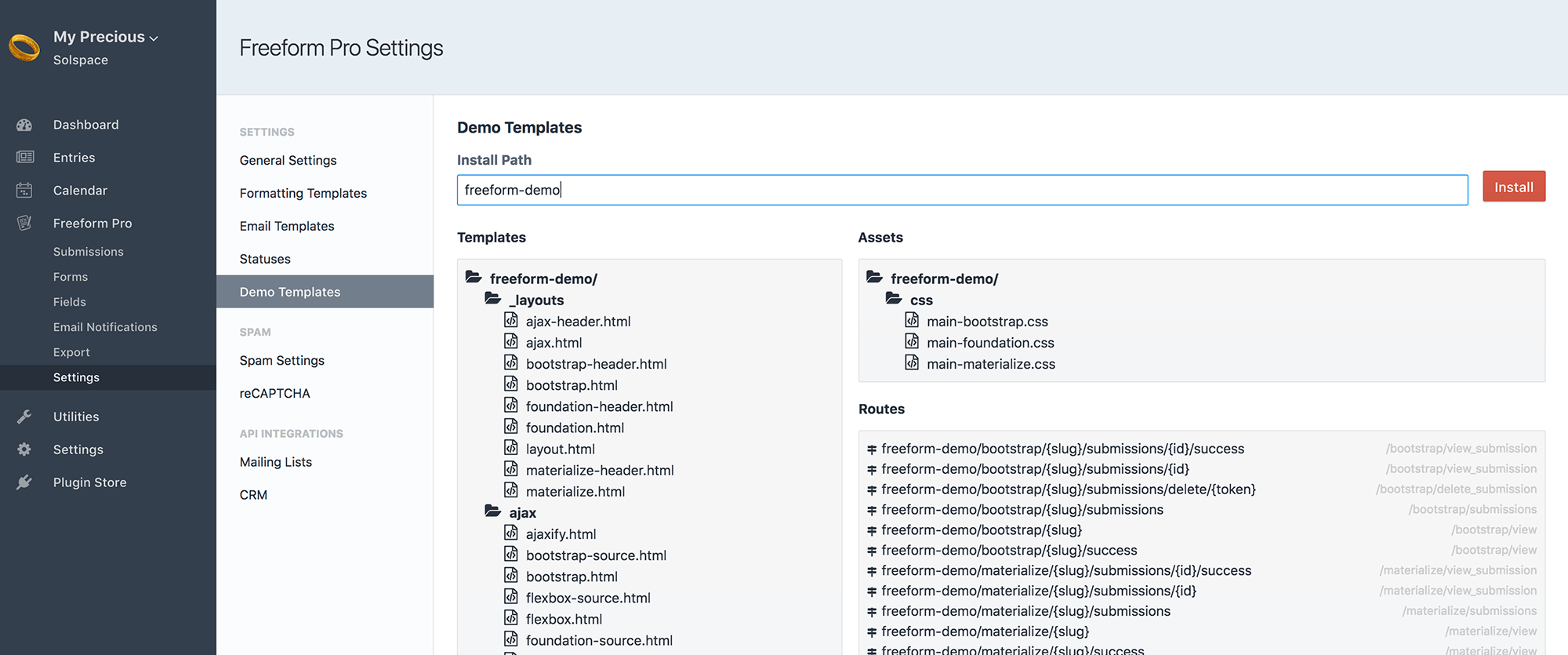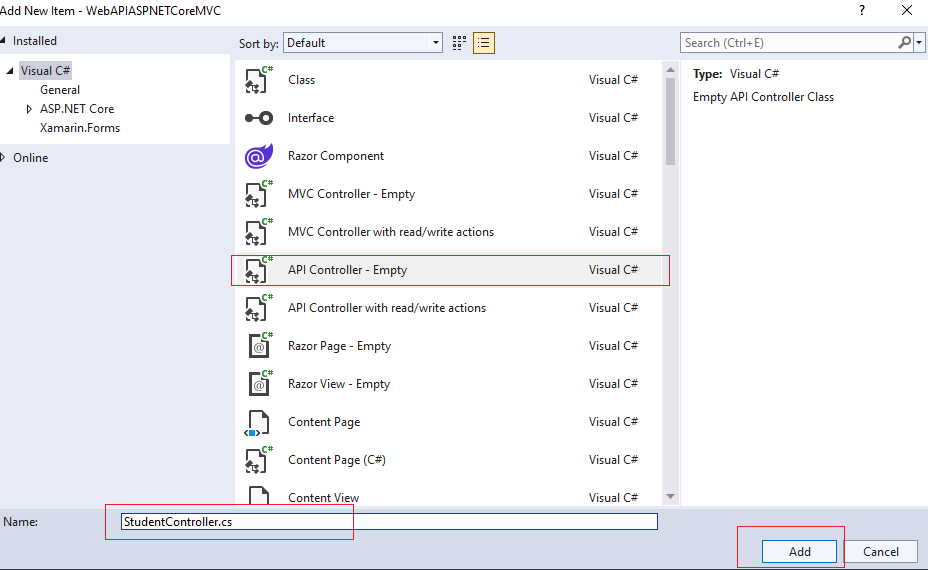
- #Default folder x demo install
- #Default folder x demo update
- #Default folder x demo software
- #Default folder x demo download
It is possible to have multiple workspaces. Source control and each user would have their own workspace that Workspaces are user specific, hence typically not checked into sourceĬontrol or shared between users. The workspace folder also stores user information such as user interface Once a project has been added to the workspace, it will be The default location of new projects will be within the workspaceįolder. This perspective contains views most commonly used during codeĭevelopment, such as the Project Explorer, Editor and Problems view. The selected folder as the default folder.Īfter it launches, the CCS Edit perspective will be visible byĭefault. To avoid being prompted in the future, you can enable the option to use When CCS is launched, it will prompt for the workspace folder location. To manage all the projects defined to it. It covers how toĬreate, organize and configure projects to help you handle differentĪ workspace is the main working folder for CCS and contains information This section discusses the project model used by CCS. Create a system level project that simplifies maintaining multiple projects required for a multicore device.Specify different version of build tools for each build configuration.Create multiple build configurations for a single project, each with its own set of build options.Organize files in a structure that is easily navigated and maintained.The CCS IDE is a flexible development environment that allows you to Is easily navigated and maintained by multiple team members. Projects, there is also the need to organize files in a structure that

Versions of the application for different target hardware/memoryĬonfigurations, with different build options, etc.
#Default folder x demo software
In the Management tab in Kibana, you should see a newly created “syslog-demo” index created by the new Logstash pipeline.Įnter it as an index pattern, and in the next step select the field as your Time Filter field name.Īnd…you’re all set! Open the Discover page and you’ll see syslog data in Kibana.In software development projects for embedded systems, there is quiteĬommonly the need to create a single project that builds related Then, restart the Logstash service: brew services restart logstash To help you get started, here is an example of a Logstash pipeline sending syslog logs into the stack.įirst, you will need to create a new Logstash configuration file: sudo vim /etc/logstash/conf.d/nfĮnter the following configuration: input " ] You are ready to start sending data into Elasticsearch and enjoy all the goodness that the stack offers. We will take care of that in the next step. Since this is a vanilla installation, you have no Elasticsearch indices to analyze in Kibana. You should see something like this:Ĭongratulations, you’ve successfully installed ELK on your Mac! Uncomment the directives for defining the Kibana port and Elasticsearch instance: server.port: 5601Įlasticsearch.url: " If everything went well, open Kibana at. Open the Kibana configuration file: kibana.yml sudo vi /usr/local/etc/kibana/kibana.yml Kibana will need some configuration changes to work. Start Kibana and check that all of ELK services are running.
#Default folder x demo install
Installing Kibanaįinally, let’s install the last component of ELK – Kibana. We will return to configuring Logstash in another step below. Since we haven’t configured a Logstash pipeline yet, starting Logstash will not result in anything meaningful. You can run Logstash using the following command: brew services start logstash Your next step is to install Logstash: brew install logstash Use your favorite browser to check that it is running correctly on localhost and the default port: The output should look something like this: Start Elasticsearch with Homebrew: brew services start elasticsearch Now that we’ve made sure our system and environment have the required pieces in place, we can begin with installing the stack’s components, starting with Elasticsearch: brew install elasticsearch & brew info elasticsearch To verify what version of Java you have, use: java -version

The ELK Stack requires Java 8 to be installed.
#Default folder x demo update
If you already have Homebrew installed, please make sure it’s updated: brew update Installing Java If not, you can use the following command in your terminal: /usr/bin/ruby -e "$(curl -fsSL )" This tutorial, however, uses Homebrew to handle the installation.
#Default folder x demo download
To install the stack on Mac you can download a. Without further adieu, let’s get down to business.



 0 kommentar(er)
0 kommentar(er)
